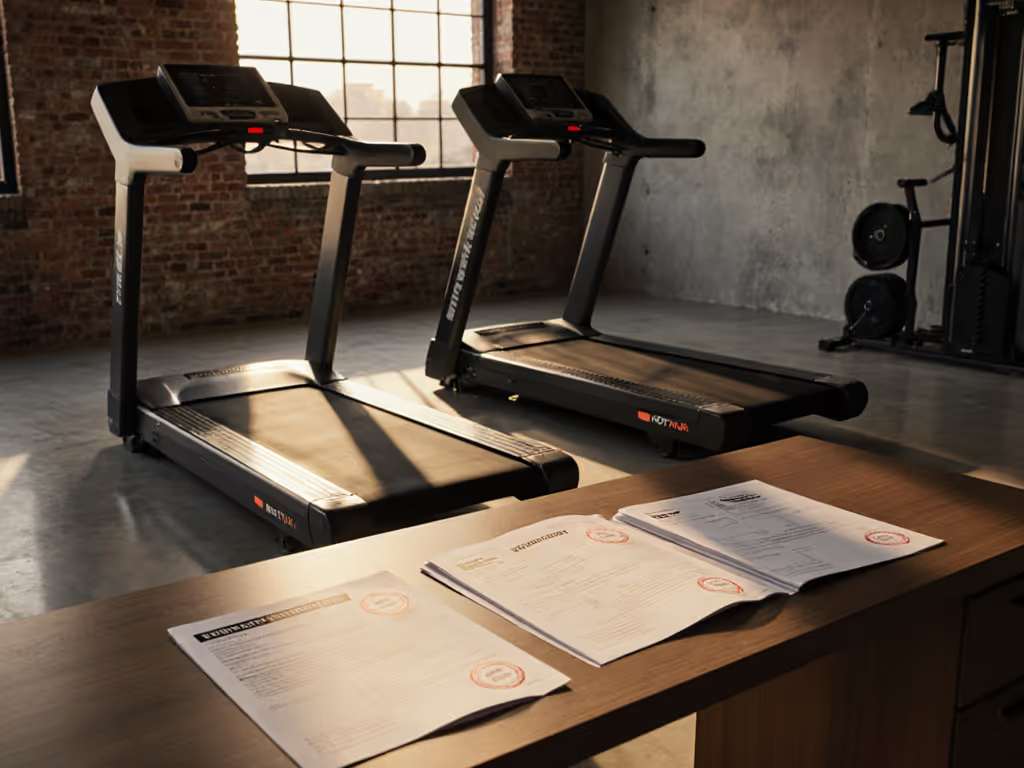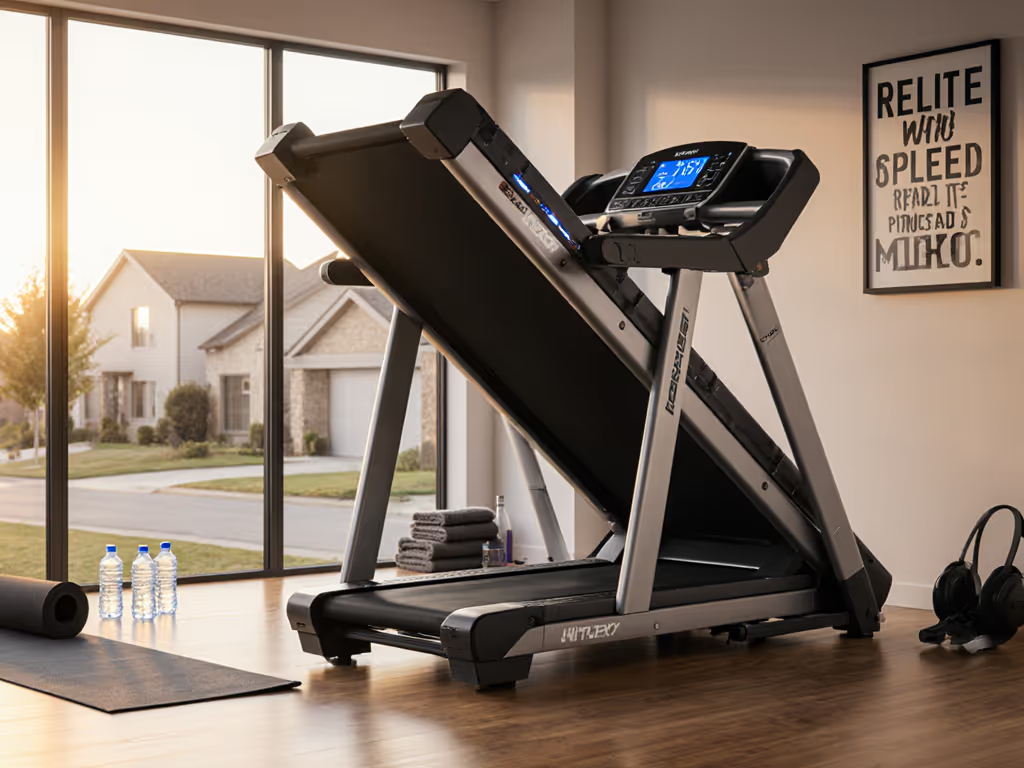
Home vs Commercial Treadmill: True Durability Exposed
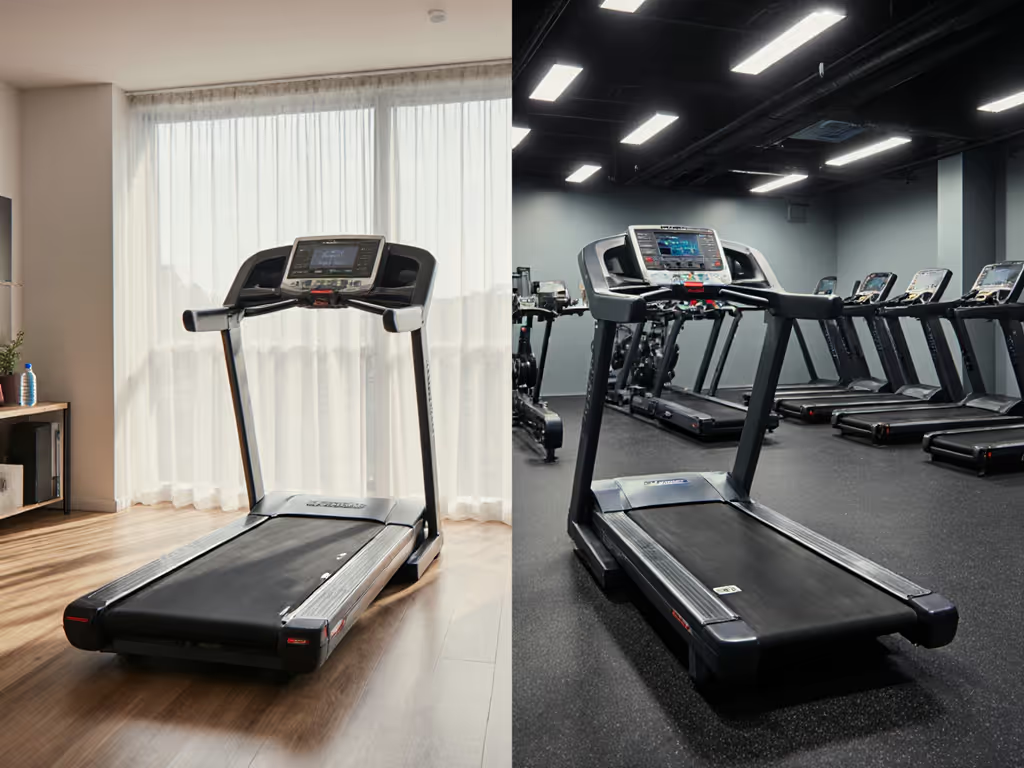
Let's cut through the marketing fluff right now: understanding the home vs commercial treadmill reality could save you hundreds, or even thousands, of dollars in premature replacements and repairs. If you're researching a running treadmill for home use, you're probably wondering whether that "commercial-grade" home model delivers what it promises. I've seen too many confused customers staring at spec sheets while their knees scream for relief. As a former mobile tech who fixed treadmills in living rooms from Chicago to Vancouver, I know what really separates these machines when the warranty expires and the real work begins.
What Defines a "True Commercial Treadmill" vs Home Models?
Marketing departments love tossing around words like "commercial" and "pro-series" to make home treadmills sound tougher than they are. A true commercial treadmill isn't just a sticker, it is engineered from the ground up for relentless use. Here's what actually matters:
Frame construction: Commercial units typically weigh 400+ pounds with steel frames measuring 2 to 3 mm thick. Home models often use lighter gauge steel (1 to 2 mm) and aluminum components to hit weight targets for folding mechanisms. That difference in metal thickness isn't just about weight, it is about vibration damping when you're sprinting at 10 mph.
Motor capacity: Don't be fooled by "peak horsepower" claims. Look for continuous duty rating (CHP). Commercial units start at 4.0 CHP and go up, while quality home treadmill options typically max out around 3.5 CHP. I've seen too many underpowered motors smoke after six months of daily HIIT sessions in homes with two or three users.
Usage rating matters more than price tag: This is the metric most buyers overlook. Residential treadmills have a usage rating of 1 to 3 hours per day. Light commercial models handle 3 to 6 hours daily. True commercial units are built for 6 or more hours of constant use. If you're running 45 minutes daily with one user, a well-built home treadmill might suffice. But if you've got roommates, family members, or you're training for a marathon, that usage rating becomes critical.
Preventive care beats warranty claims nine days out of ten. Machines properly maintained within their design limits last years beyond expectations.
The Durability Divide: What Really Fails First?
You've seen the spec sheets boasting "10-year frame warranties" while the motor quits at year three. After fixing hundreds of treadmills, I can tell you exactly what fails first, and why commercial models handle it better:
The running deck: This is where most breakdowns begin. Home treadmill decks are typically 3/4 inch thick with softer wood composites. Commercial decks hit 1 inch thick with hardwood laminates that resist warping. Thinner home decks flex more under load, accelerating belt wear and creating that annoying squeak that keeps your upstairs neighbors awake.
Roller bearings: This is where I'd see the same autopsy repeatedly: dry belts eating into misaligned rollers. Commercial units use sealed industrial bearings that last years without maintenance. Many home models use cheaper bushings that wear out fast under heavy use, especially when owners skip the lubrication.
Motor cooling systems: Commercial treadmills have dedicated cooling fans and heat sinks. Home models often rely on passive cooling. Ever notice how your treadmill slows down during long runs? That's thermal protection kicking in as the motor overheats, a classic sign you've exceeded the machine's duty cycle.
Hidden Costs of Choosing Wrong: Long-Term TCO Analysis
Let's run some real numbers. Yes, a solid home treadmill might cost $1,500 while a commercial unit could set you back $4,500. But look at total cost of ownership over seven years:
| Cost Factor | Home Treadmill | Commercial Treadmill |
|---|---|---|
| Initial Cost | $1,500 | $4,500 |
| Expected Lifespan | 3-4 years | 7-10 years |
| Belt Replacement | $200 (year 3) | $250 (year 7) |
| Roller Replacement | $150 (year 4) | Minimal |
| Motor Failure Risk | High (after warranty) | Low |
| Downtime Cost | $0 (but workout disruption) | $0 |
| 7-Year TCO | $1,850 | $4,750 |
Wait, commercial still costs more! But here's what most buyers miss: the home treadmill's replacement cost at year 4 adds another $1,500, bringing its true 7-year cost to $3,350. Suddenly that commercial unit looks smarter. And this doesn't even account for the hidden costs of finding space for a second treadmill while waiting for repairs.
As I tell every customer: buy once, keep moving isn't just a slogan, it is the math that makes sense for your budget and your peace of mind.
Can a Home Treadmill Be a "Heavy Duty Treadmill for Home"?
Absolutely, but you need to read between the marketing lines. A genuinely heavy duty treadmill for home will have:
- Thicker deck (at least 7/8 inch) with proper cross-bracing
- True 3.0+ CHP motor (not peak horsepower)
- Industrial-grade roller bearings (not bushings)
- Usage rating of 4 or more hours daily
Here's my field test for spotting true durability: ask the salesperson for the frame gauge thickness and roller bearing size. If they can't provide specifics or deflect with "it's commercial-grade," move on. Real durability has measurements, not buzzwords. For a deeper dive into what those numbers actually mean, see our treadmill specs guide.
For serious runners seeking the best running treadmill for home use, I generally recommend looking at "light commercial" models designed for boutique studios or physical therapy clinics. They offer commercial durability in home-friendly footprints, typically around 300 pounds (versus 400+ for true commercial units), with better noise control for residential use.
Your Treadmill Maintenance Checklist: The Secret to Longevity
Remember my preflight card I left with every fix? It's your insurance policy against premature failure. Implement these simple habits monthly:
The 5-Minute Treadmill Health Check
-
Listen: Run at 3 mph with no one on the belt. Any grinding, squeaking, or unusual sounds? These are early warnings of bearing failure or belt misalignment.
-
Feel: Place your hand on the handrails at top speed. Excessive vibration means deck flex or roller issues. A well-built machine should feel solid, not wobbly.
-
Track: Check if the belt drifts consistently to one side. Small adjustments (1/8 turn on the adjustment bolt) keep it centered. Letting it run misaligned destroys edges.
-
Clean: Vacuum under the deck monthly. Dust buildup creates friction that overheats components. I've seen boards fail from dust-clogged cooling vents alone.
-
Lubricate: Follow the manufacturer's schedule. Most home treadmills need belt lube every 15 to 20 hours. Use 100% silicone, never oil-based lubricants that attract more dirt.
This simple routine costs nothing but five minutes of your time. I've had clients keep their machines running strong for a decade with this basic care. Dry belts and dusty internals? Those are preventable failures, not inevitable wear.
Making the Right Choice for Your Home
Let's be clear: you don't need a full commercial treadmill unless you're running it 6 or more hours daily or have multiple heavy users. For most homes, a well-built home treadmill designed for serious use will serve you well, if you respect its limits and maintain it properly.
Ask yourself these questions before buying:
- How many users will use it weekly?
- What's your maximum daily usage time?
- Does your space accommodate the unfolded footprint (check ceiling clearance at full incline!)?
- Are replacement parts readily available for this model?
Choose a machine that fits your actual use case, not just your aspirations. That "commercial-grade" home treadmill might be perfect if you're honest about how much you'll really use it. But if you're training for a marathon while your partner does daily power walks, you need something built for the workload.
Your next step: Grab a tape measure and map your space including clearance around the unit. Then track your current gym usage for two weeks, how many minutes, how many users? That real data beats any marketing spec sheet.
Finding the right treadmill isn't about chasing "commercial" labels, it's about matching reality to engineering. When you do that, and apply consistent care, you'll discover what I learned on the road: a maintained treadmill is safer, quieter, and far cheaper over time. That's how you build a machine that keeps moving as long as you do.
Related Articles

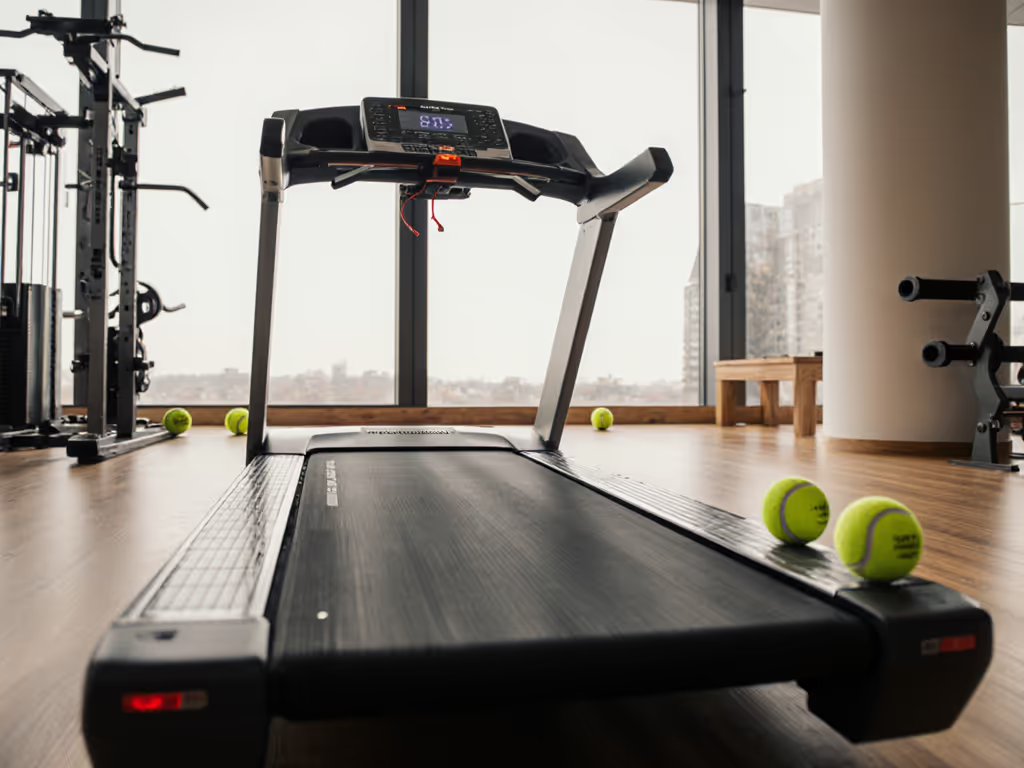
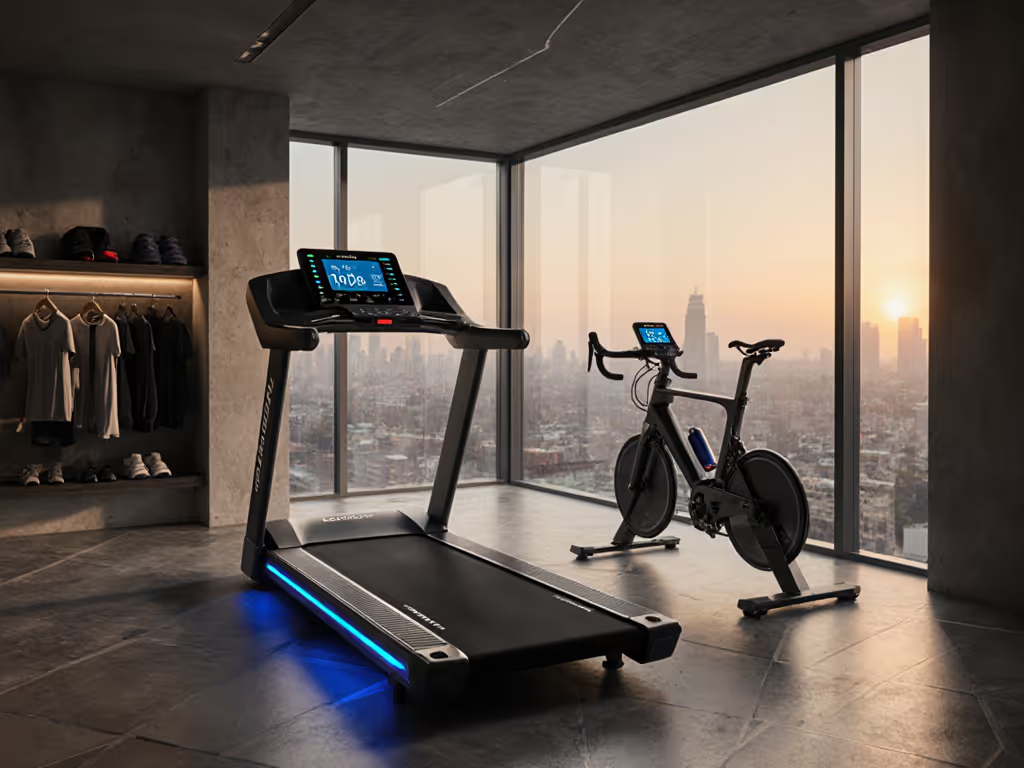

Treadmill Community Features: Which Platform Actually Works?
